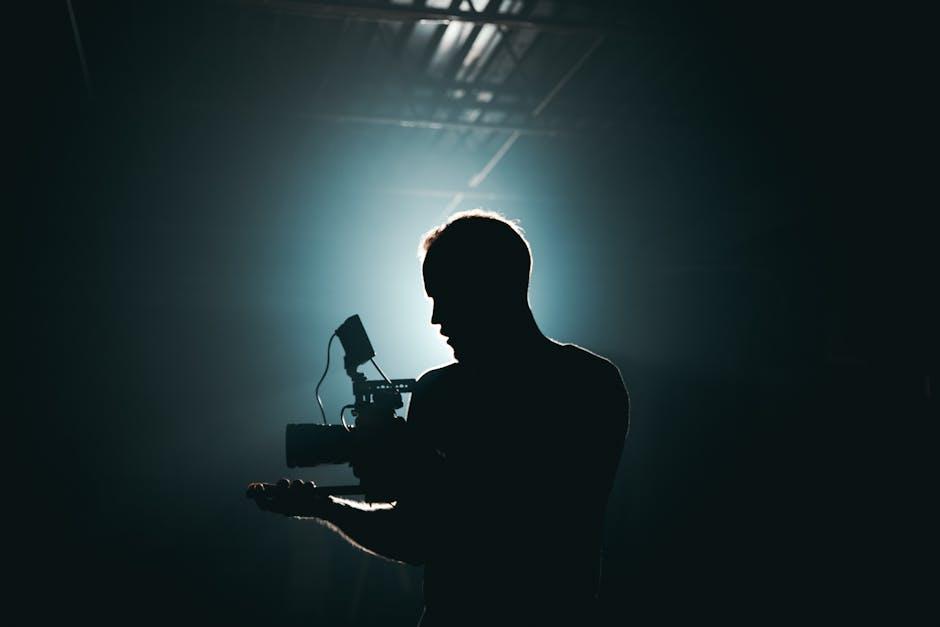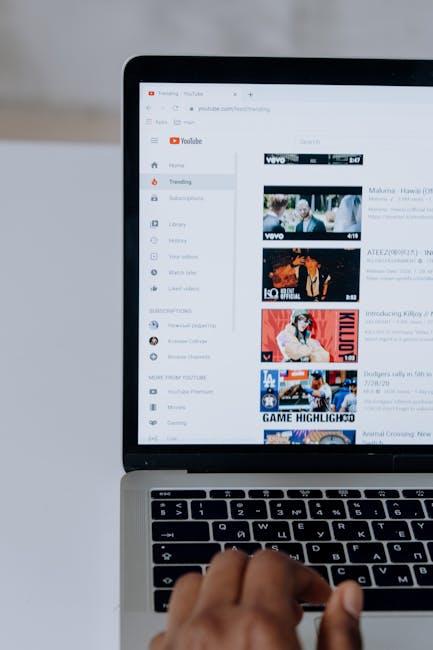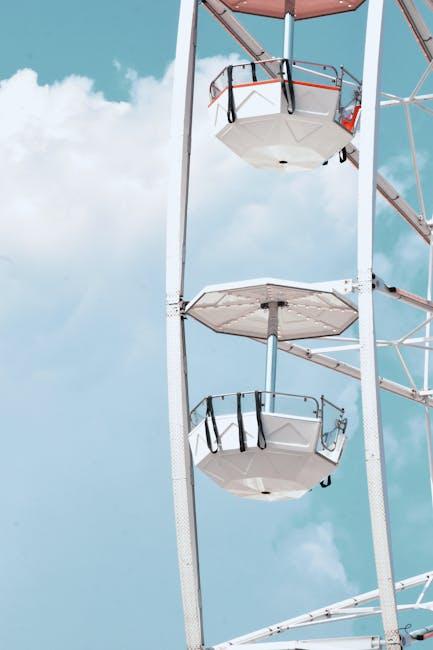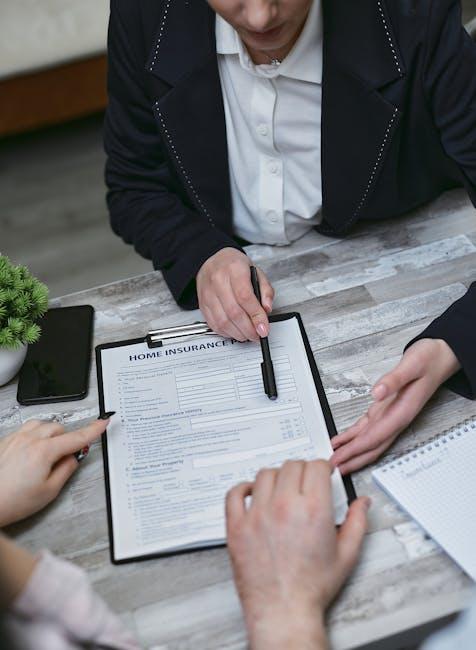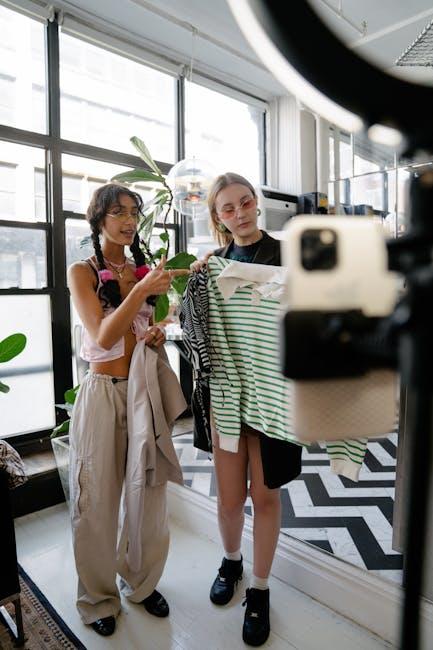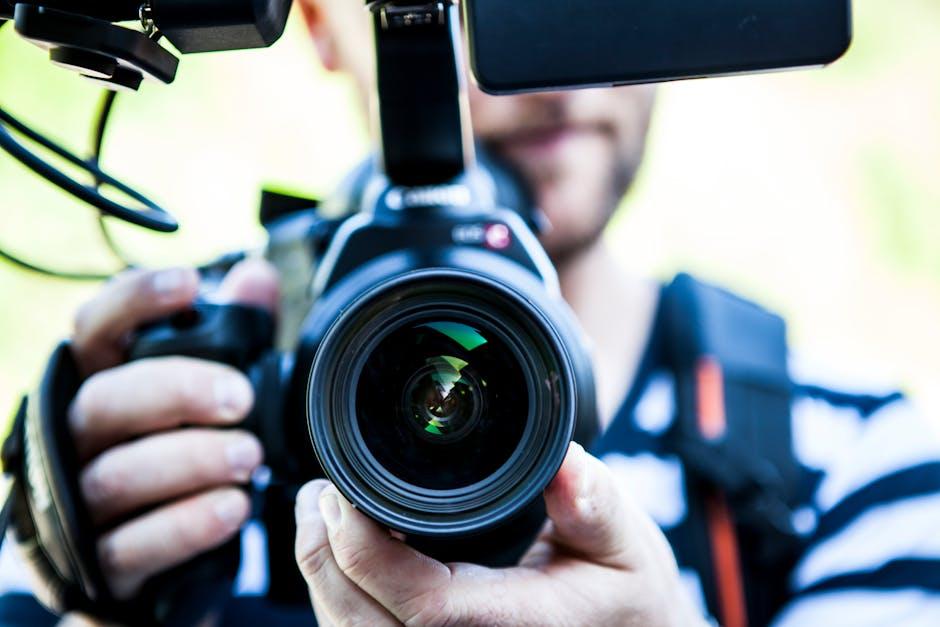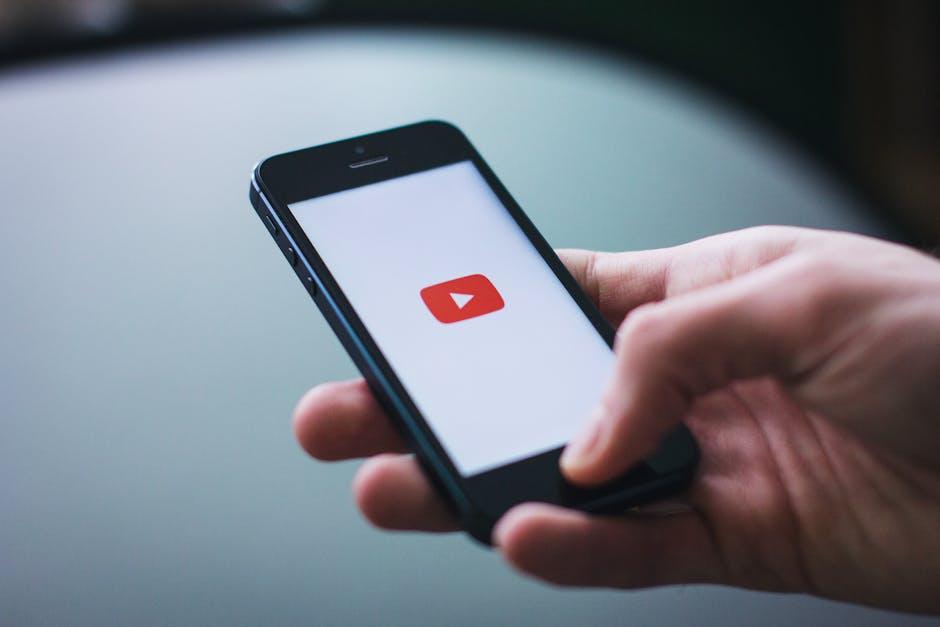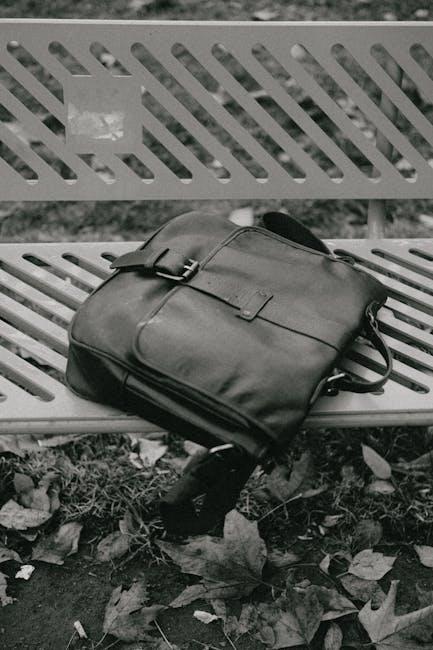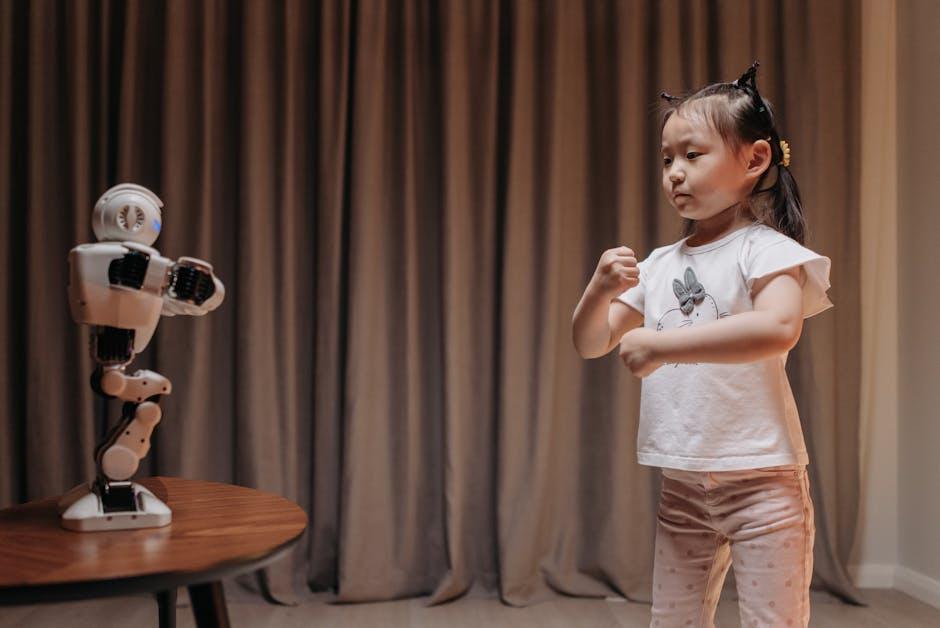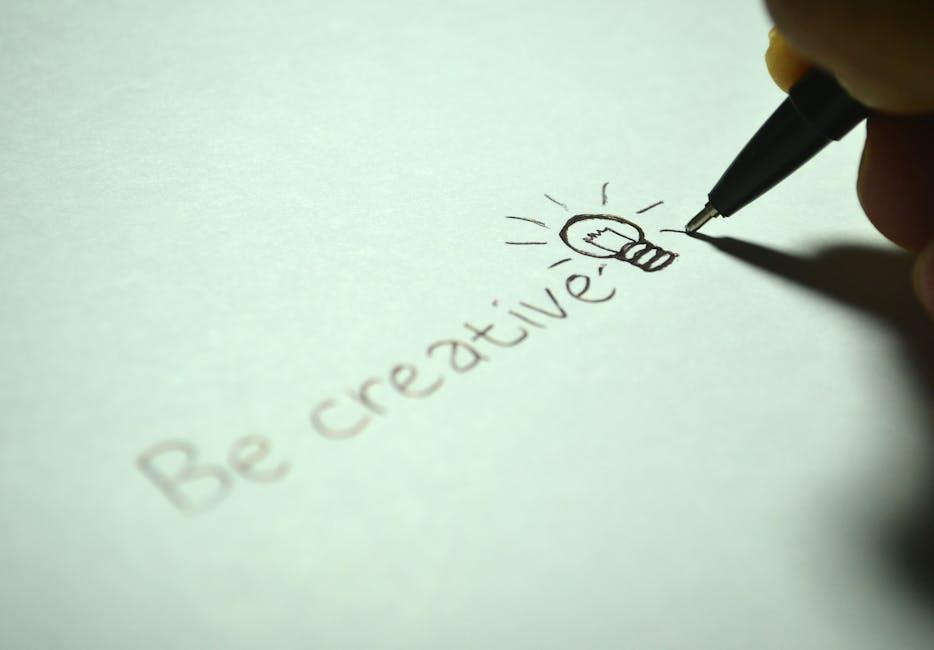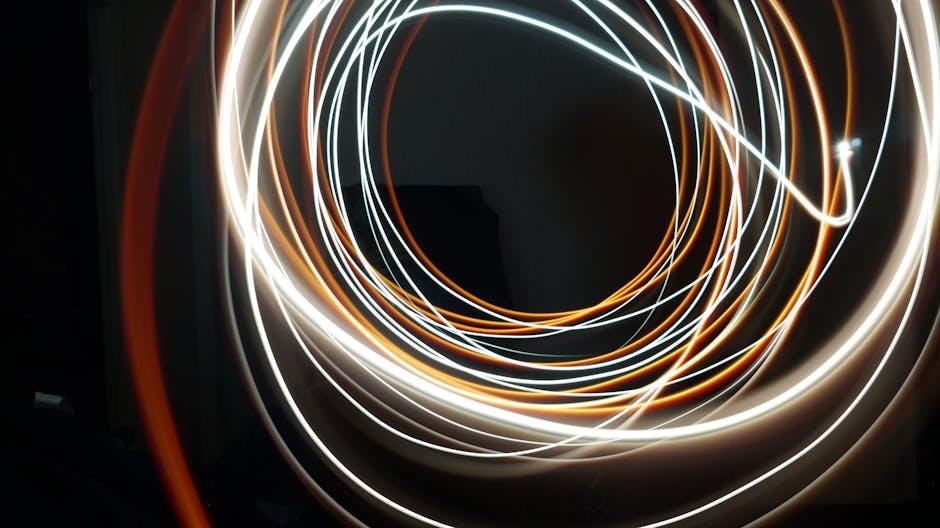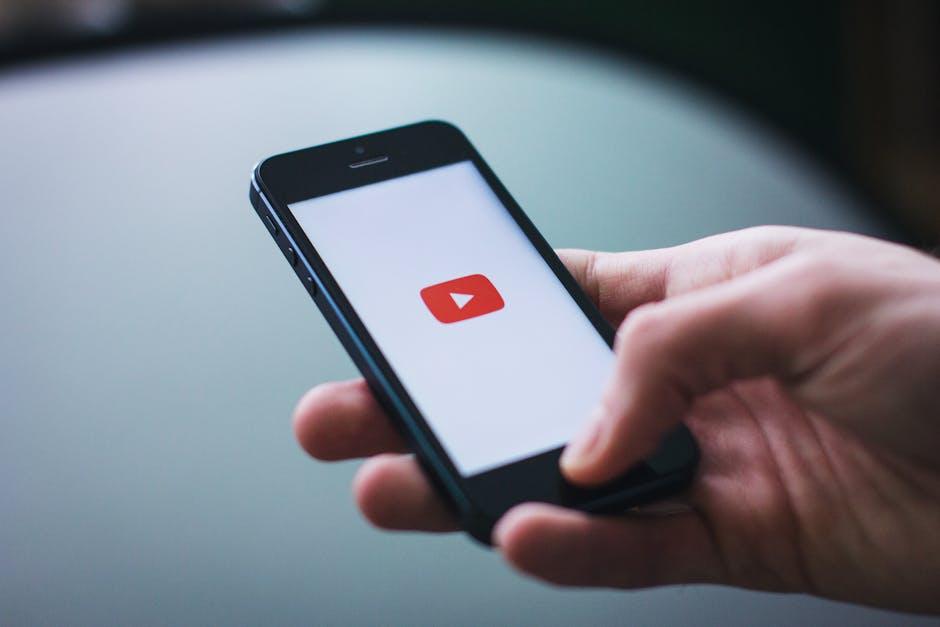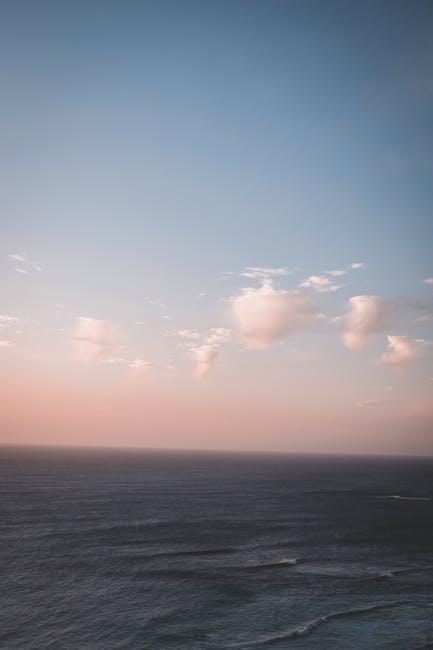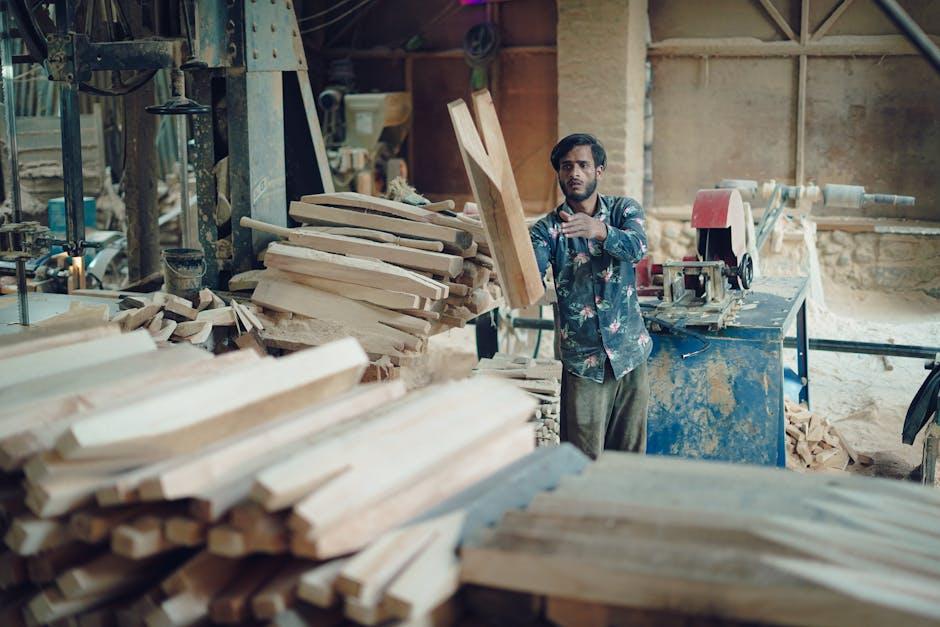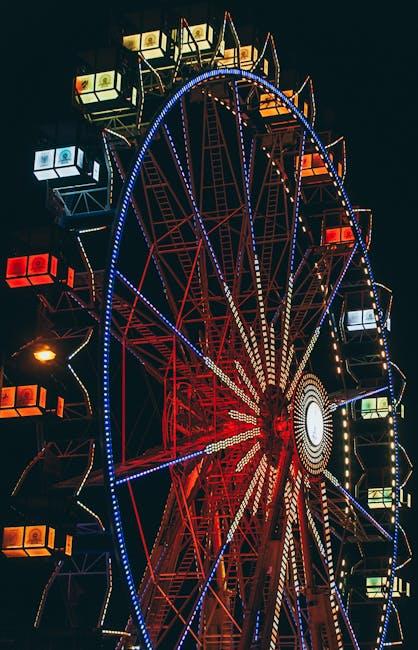Ever found yourself with a killer idea for a YouTube video but needed that perfect clip to make it pop? The internet is filled with an avalanche of content, and it’s easy to want to borrow snippets here and there to spice up your creation. But hold your horses! Before you dive headfirst into that editing software, let’s navigate the tangled web of copyright laws together. Can you legally snip those YouTube videos, or are you stepping into a minefield of legal troubles? Grab your popcorn, because we’re about to break it down in a way that’s as fun as binge-watching your favorite series!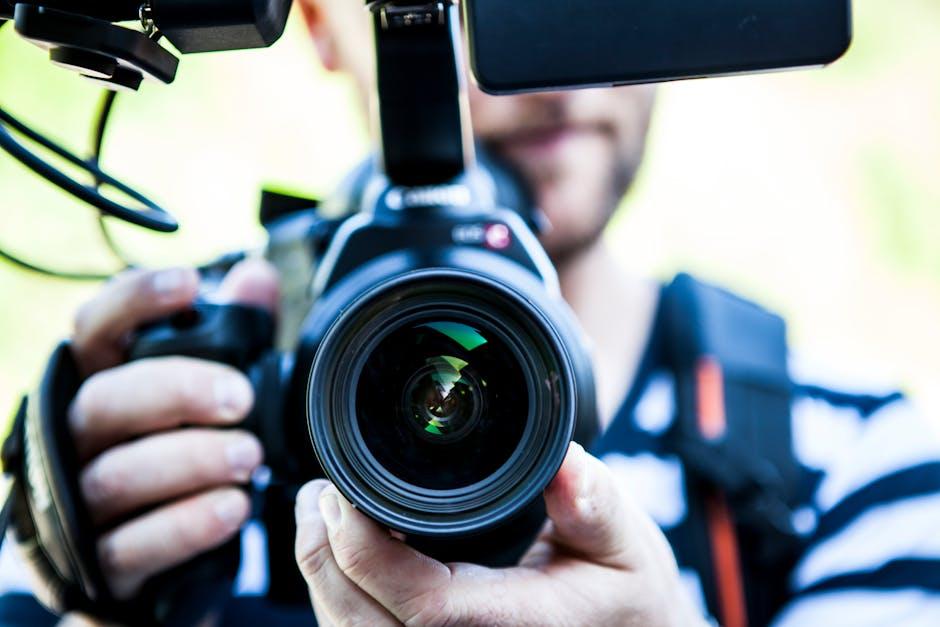
Understanding Fair Use and Copyright in YouTube Clips
When it comes to crafting those video snippets for your own creative endeavors, understanding the ins and outs of fair use and copyright is crucial. Fair use acts as a kind of gray area in copyright law, allowing you to use limited portions of copyrighted material without seeking permission. It’s kind of like borrowing a cup of sugar from your neighbor—you don’t need to get a full permission slip for a tiny favor. However, fair use has its limits. The fate of your clip often boils down to a few key factors:
- The purpose of your use: Is it for education, commentary, or criticism? Transformative use often tilts in your favor.
- The nature of the original work: Using factual works might favor you more than artistic ones.
- The amount and substantiality: Snipping only a small, non-essential portion of a video strengthens your case.
- The effect on the market: If your snippet could replace the original video and affect its market value, you’re in hot water.
Now, let’s break down how fair use applies when you’re working with YouTube clips specifically. YouTube has its own set of rules, and while they often respect fair use, it’s not a blanket guarantee. Imagine your video as a pizza: the original creator owns the whole pie, and you’re simply taking a slice. If your slice is too big or too similar to the original, you might just get served a copyright strike. If you’re looking for examples of what might fly or what’s a definite no-go:
| Scenario | Outcome |
|---|---|
| Using a 2-second clip for commentary | Generally acceptable |
| Re-uploading a full music video | Not acceptable |
| Using clips for educational purposes | Often acceptable |
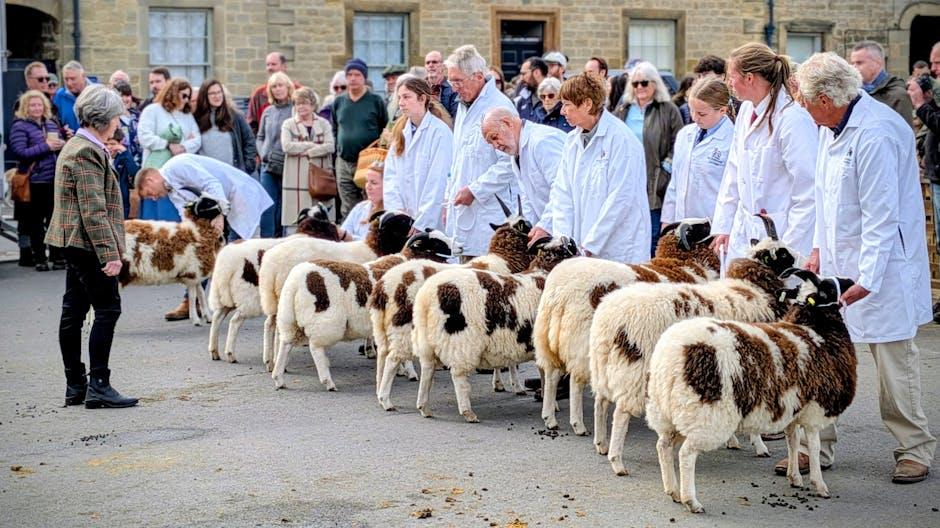
The Legal Grey Areas: When Snipping Turns Risky
When you’re contemplating the idea of snipping YouTube videos, you’re stepping into a patch of murky legal waters. A simple cut and paste might seem harmless, but the pesky world of copyright law has its own set of rules that can leave you feeling like a fish out of water. Here’s the kicker: even if you’re using a tiny clip for a review or commentary, it doesn’t automatically mean you’re in the clear. Some elements to consider might include:
- Fair Use Doctrine: This is where things get tricky. It allows for limited use of copyrighted material without permission, but be careful; not all snips qualify.
- Transformative Use: If your snip adds new expression or meaning, you may have a solid argument for fair use. Think of it as putting a twist on a classic recipe!
- Commercial Intent: Are you making money off that snip? If so, the stakes get higher. It’s like trying to sneak past a bouncer at an exclusive club.
To further navigate these choppy waters, consider these factors in a quick reference table:
| Factor | Implication |
|---|---|
| Amount Snipped | More significant clips may trigger copyright claims. |
| Purpose of Use | Non-profit educational uses tend to fare better. |
| Market Impact | If your snip competes with the original, watch out! |
Diving into these legal grey areas can feel a bit like dancing on a tightrope, balancing creativity with the risk of repercussions. Remember, when you hit ‘snip,’ you want to ensure you’re not stepping on any legal toes!
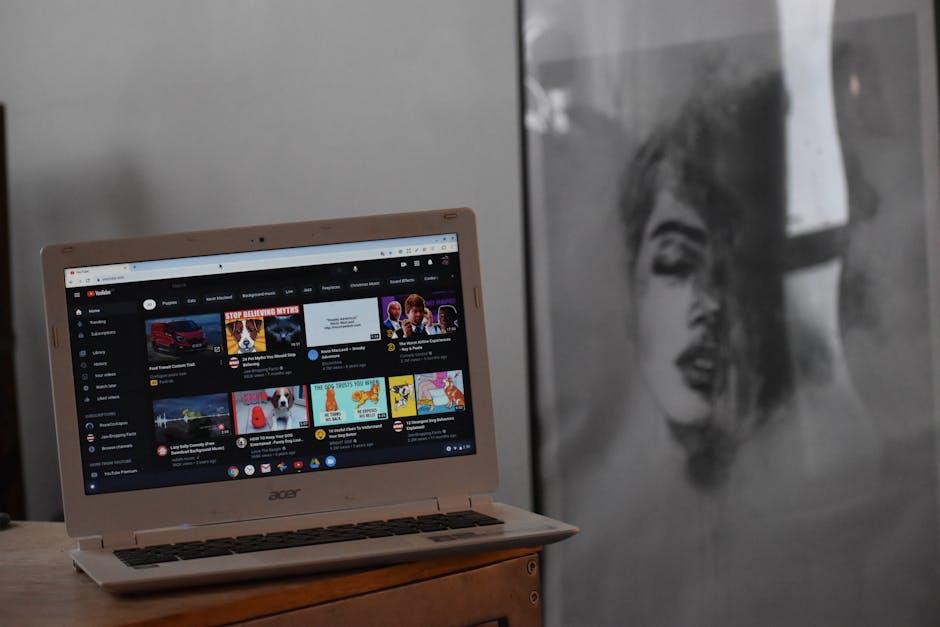
Best Practices for Legally Editing YouTube Content
When it comes to legally editing YouTube content, it’s crucial to tread carefully. Copyright law can be as tricky as navigating a labyrinth, and misunderstanding it can lead to some serious consequences. First off, always get permission when using someone else’s content. If you’re considering a snippet from a popular video, reaching out to the creator can save you from future headaches. Think of it like asking to borrow a friend’s favorite shirt—getting their okay ensures you won’t wear out your welcome! Plus, many creators are open to collaboration, which might just lead to some magical content. If that’s not an option, explore the Fair Use doctrine, allowing limited use under certain conditions, like for commentary, criticism, or education, but remember, it’s not a one-size-fits-all scenario.
Another essential practice is utilizing public domain and Creative Commons materials. These are like hidden gems waiting to be discovered—content that you can clip freely without the fear of stepping on toes. For your edits, consider how you’re transforming the original work: does your piece add new meaning or context? A little creative twist can turn a simple edit into a piece of art! And don’t forget about attribution. Giving credit where it’s due not only promotes transparency but also builds goodwill in the community. Keep your editing practices up to date, and you’ll navigate the world of YouTube with confidence and creativity!
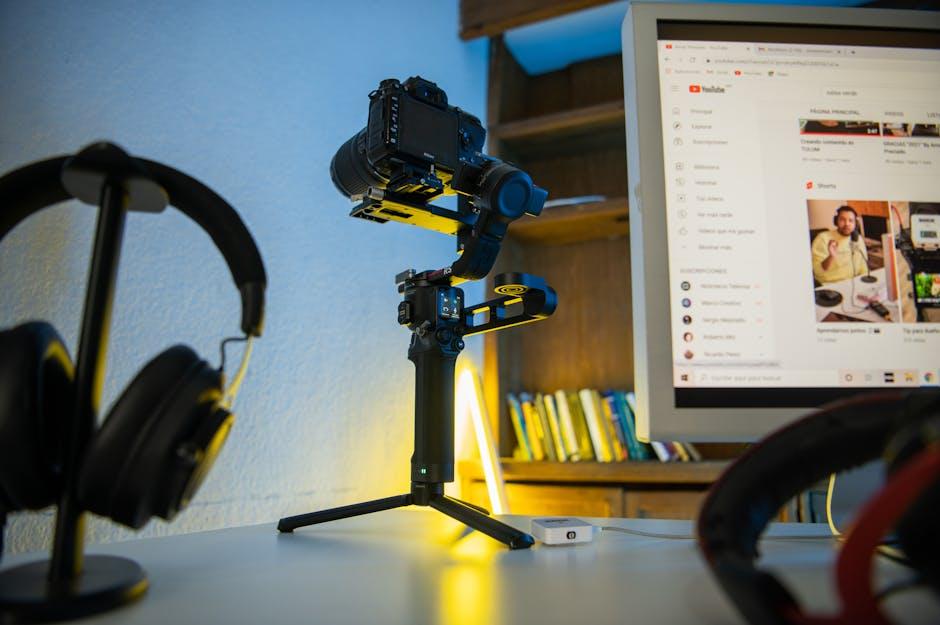
Navigating Permissions: How to Get What You Need
When it comes to snagging those snippets from YouTube videos, the road can seem a bit rocky. Understanding the ins and outs of copyright can feel like wandering through a maze blindfolded. First off, know the key players: YouTube’s terms of service, copyright laws, and the Fair Use doctrine. Here’s a thought—think of copyright like a prized cake you baked. Just because you’re at a party doesn’t mean you can grab a slice without asking! The same goes for those hit videos. Even if you love that viral clip, you can’t just take what you like; you must consider if your use is transformative, educational, or falls within other Fair Use parameters.
Here’s how to ease your way into getting the permissions you need. Start with a polite request—reach out to the content creator and don’t hesitate to be clear about your intentions. Here’s a handy check-list to make your approach smooth and effective:
- Be specific about which clips you want to use.
- Explain your project briefly—who you are and what the video will contribute to.
- Offer to credit the content creator in your work.
If you’re not up for negotiating, consider looking into royalty-free video resources or using clips labeled for reuse. They can be a treasure trove with no strings attached! Pay attention to the licensing agreements, as each comes with its own rules of engagement. With a bit of patience and persistence, you’ll navigate the permission waters like a seasoned sailor, ready to create something fantastic.

Key Takeaways
So, there you have it—snipping, clipping, and editing YouTube videos isn’t as simple as it might seem. While you might feel tempted to slice up your favorite clips for personal use or to create something new, the legal waters can get pretty murky. Just remember, copyright rules are like those pesky “Terms and Conditions” you scroll past—easy to overlook but super important to know!
If you want to share content or use snippets, it’s all about respecting creators and understanding fair use. Think of it like borrowing a friend’s jacket: it’s cool as long as you give it back and keep it in good shape! So, next time you’re itching to edit that hilarious moment or stunning visual, take a moment to consider the legal implications before hitting that export button.
Keep creating, stay curious, and here’s to making amazing content while respecting the creative community. Until next time, happy exploring!

